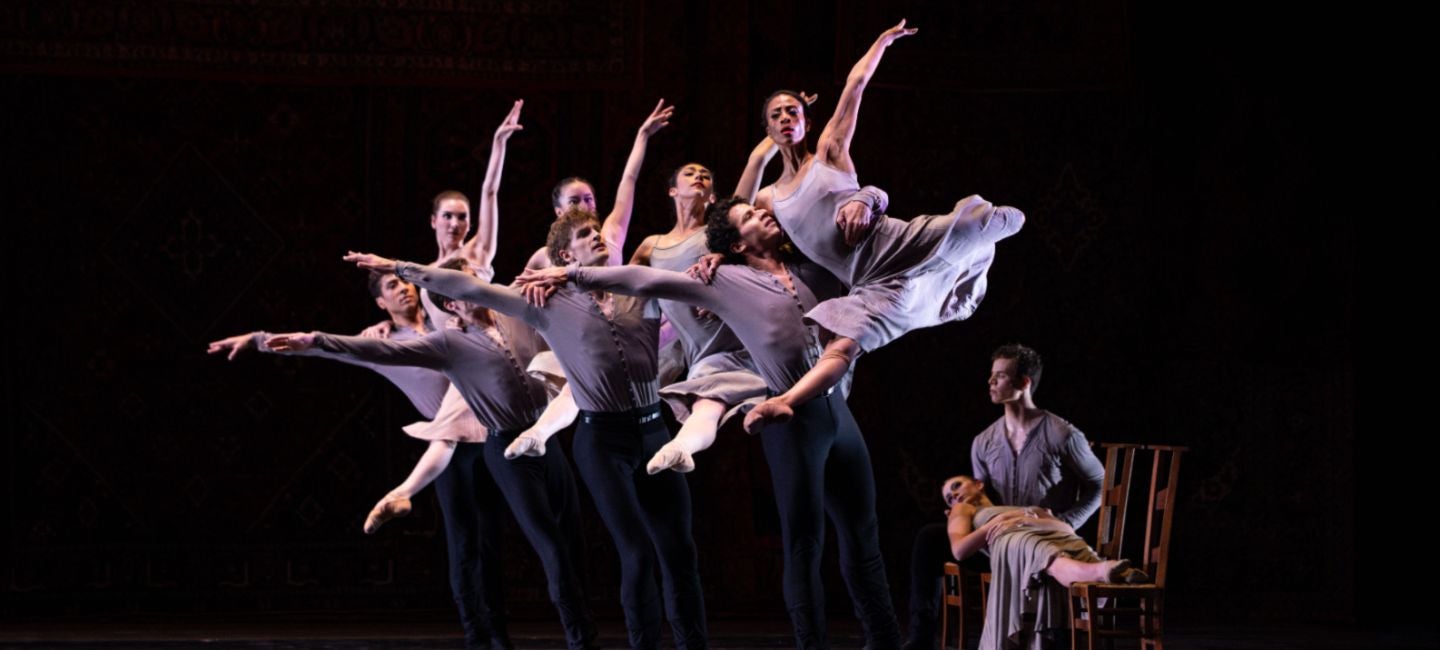
A must-see Stravinsky triple bill
The facts about the revolutionary character of Igor Stravinsky’s The Rite of Spring are well known. Capitalizing upon the triumphs of The Firebird (1910) and Petrushka (1911), Sergei Diaghilev commissioned The Rite for The Ballets Russes. A dream team had been assembled for its premiere and rehearsals had proceeded without incident: Vaslav Nijinsky developed the choreography, Nicolas Roerich was responsible for the theatrical design and Pierre Monteux was conductor for the premiere. Later in his life, Stravinsky said he had been caught off-guard by the infamous riot in Paris that occurred on the night of its premiere on May 29, 1913.
Putting it into context, Pieter C. van den Toorn, in his outstanding 1987 book Stravinsky and The Rite of Spring: The Beginnings of a Musical Language, summarized it well: “But the scenario itself, the choreography, and, above all, the close ‘interdisciplinary’ conditions of coordination under which the music is now known to have been composed—these are matters which, after the 1913 premiere, quickly passed from consciousness.” He added, ”Like pieces of a scaffolding, they were abandoned in favor of the edifice itself and relegated to the ‘extra-musical’. They became history, as opposed to living art. Even the title, with its clear suggestion of pagan rites or ‘primitivism,’ lost its specific ties to the subject matter and became almost exclusively a musically descriptive label…”
Read the full review on The Utah Review HERE.